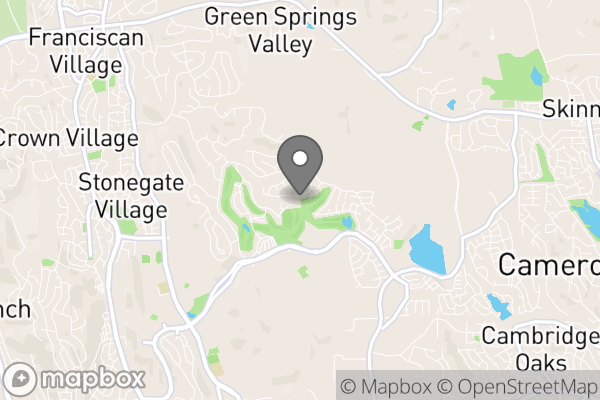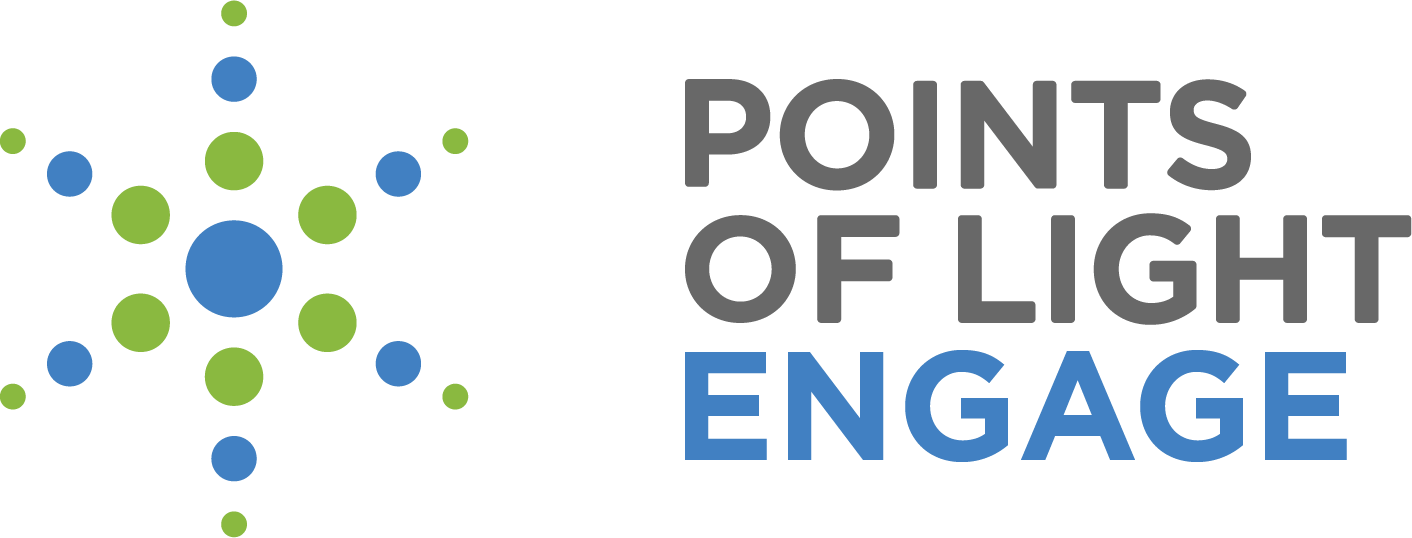- Organization
- Match4Action-CrowdDoing
Zero Subsidy Affordable Housing Volunteer Investment Financial Analyst, CrowdDoing
- Duration
- Recruiting now
- Location
- El Dorado Hills, CA
Opportunity Details
Ongoing
In-Person
Recruiting now
El Dorado Hills, CA 95762

About this Opportunity
Zero Subsidy Affordable Housing Volunteer Investment Financial Analyst, CrowdDoing Bobby Fishkin (via Reframe It), Marc Rand, and Mark Moulton have been developing a complementary way to approach making Bay Area housing accessible. CrowdDoing, a joint initiative between Reframe It and Match4Action Foundation is supporting zero-subsidy affordable housing. Zero subsidy affordable housing is possible, and variations of it work now in the real world. Anti-poverty impact investable housing through equity rather than debt is achieved by separating appreciation value from utilization value of assets. Property rights can be fractured in service and support of stakeholder interest. As one example, for more than fifty years, Stanford University has made such an arrangement for their off-campus housing for professors. Our notion is that such an arrangement could be offered by an administered investment pool to buyers of a fraction of a homes appreciation value, combined with the right to live in the home. We suggest that there are investors who could find viable this kind of impact investment in real estate, based on appreciation value but not use value for life of tenant/owners. This might be an innovation in housing affordability that could provide a substantial fraction of the population who cannot currently be housed in existing markets within region a housing opportunity. Stanford buys half of the appreciation value of each home but not the use value on behalf of the university through a mortgage participation agreement structure. Our goal is a zero subsidy means of scaling affordable housing inspired by how Stanford has supported off campus professor housing over the last 50 years. Housing inclusion, Transportation inclusion, FAQ:How is this different from down payment assistance? One is that it's not just the down payment, it could be as much as 2/3rds of the value of the house, not 5% of the value of the house, or 10%. You can see some of the distinctions here- https://www.huduser.gov/portal/periodicals/em/fall12/highlight3.html. Why is this approach needed when there are other kinds of affordable housing? Because there is not enough for families making middle-incomes. FAQ: Why is this approach more efficient then other mechanisms for affordable housing? Because by bringing equity sharing agreement to scale market rate capital can subsize affordability anywhere in which land constraints are significant barriers such as islands, bays and due to mountains. Pooled equity is 100 times more leveraged because market rate capital becomes self-subsidizing of affordable home fractional ownership. FAQ: How do impact investors get out liquid from such an investment structure? Our goal is to create a long hold, holding company. Protects from the environment, insulated as liquidity is self-liquifying as holding company. Property rights in our culture of practice and law integrate many different rights together. These include: the initial value for which an asset was purchased , the appreciation value of the asset over time, and the year-round use-value of the asset. This unity of property rights places vulnerable people between 40% of average annual income and 150% of average annual income in this region at risk of being unstably housed. This instability is due to having a too large portion of their annual income paid to housing expenses. Housing costs 2 to 3 times too much for these people to afford. Within that range of incomes, zero subsidy affordable housing strategies can be of exceptional impact potential. Now, when a family buys a home or apartment, they must almost always buy the whole home. Usually those who do not own homes, rent them. Those who are first time home buyers get a mortgage for the full value of the home. This model w\ould use mortgage participation agreements with qualified families that would allow the fund to buy a fraction of the value of the home (at time of future sale) while allowing the family who buys the rest of the value of the home the right to live there by financing their fraction or arranging to live rent free. A publicly traded fund could buy fractions of the future sale prices of homes. The investors could sell to the fund simply by liquidating their shares. An open issuance of shares could allow more impact investors to invest and through these purchases of shares in the fund, more homes could be purchased. If half the appreciation value of each home was not owned by families, because less money would need to be borrowed, then families could have more secure housing. A publicly traded fund that is designed to leverage mortgage participation agreements to make home ownership more accessible to first-time buyers could attract impact investment. In San Francisco, the median home price is $824,600. The median 20 percent down payment is $164,920. http://www.mercurynews.com/2017/01/16/a-silicon-valley-down-payment-could-buy-you-an-entire-house-in-much-of-the-u-s/. At a 4% interest rate over 30 years that means a monthly payment of $3,934. But suppose that a first time home owner is only buying half of the value of a home - 40% of the appreciated value, and 100% of the right to live there? Suppose that first-time buyer is not paying rent to the passive impact investors who have bought a percentage of the future purchase price of the home. Then their monthly payments would be $1,967. Such a Fund would have an open issuance to secure additional investors. If investors could be attracted based on the overall rise in book value of the real estate being owned compared to other regions in the world, the affordable housing fund could be both economically attractive and impactful. Zero Subsidy Affordable Housing Volunteer Investment Financial Analyst, CrowdDoing Responsibilities Include: Examining and assessing economic and market trends, earnings prospects, financial statements and various other indicators and factors to determine suitable investment strategies Looking back at previous investment decisions and the thought process of making the investment decision Zero Subsidy Affordable Housing Volunteer Investment Financial Analyst, CrowdDoing brief We are looking for an experienced Investment analyst to undertake financial research and report on prospective investment avenues. The successful candidate will study how an investment is likely to perform and how sustainable it is. You will participate in our sound portfolio-management strategy by providing the necessary data for our decision making process. Zero Subsidy Affordable Housing Volunteer Investment Financial Analyst, CrowdDoing Responsibilities Examine and assess economic and market trends, earnings prospects, financial statements and various other indicators and factors to determine suitable investment strategies Look back at previous investment decisions and the thought process of making the investment decision Liaise with fund managers and network with industry professionals Monitor closely financial press and keep a track of market trends, opportunities, risks and new investment products Compile advisory reports and make informed recommendations on new investment opportunities and funds that could enhance or diversify portfolios Develop complex financial models and analyse legal documents Zero Subsidy Affordable Housing Volunteer Investment Financial Analyst, CrowdDoing Requirements Proven working experience as an Investment analyst Solid understanding of financial set-up, procedures, statistics and economics Excellent investment analysis software user Strong numeric skills Excellent quantitative and qualitative analytical skills BS degree in Finance, Accounting or related field. CrowdDoinng Youtube Chanel: https://www.youtube.com/channel/UCVoL7fai7oa95fBo44FC0gA CrowdDoing overview video- https://www.youtube.com/watch?v=gbKCu2bXtrw CrowdDoing LinkedIn Group- https://www.linkedin.com/groups/13561240/ CrowdDoing LinkedIn Page: https://www.linkedin.com/company/18910309/ CrowdDoing Facebook Page: https://www.facebook.com/CrowdDoing-515295062320613/ CrowdDoing Facebook Group: https://www.facebook.com/groups/219137818932726/ CrowdDoing Food as Medicine https://www.linkedin.com/groups/13608509/ (https://www.facebook.com/groups/1871207846517979/) https://pinterest.com/medicinalfoodscitizenscience/boards/ CrowdDoing Impact Investing & Systemic Change (https://www.linkedin.com/groups/13520549/) https://www.facebook.com/groups/1935046396763066/ CrowdDoing Medicinal Foods LinkedIn Group (https://www.linkedin.com/groups/13608509/) CrowdDoing Crypto Impact Potential (https://www.facebook.com/groups/2067062200224828/) CrowdDoing Micro-leaderaship for Systemic Change (https://www.facebook.com/groups/487287125027650/) CrowdDoing Artificial Intelligence for Good (https://www.facebook.com/groups/181152952554213/) CrowdDoing Citizen Science for Systemic Change: https://www.facebook.com/groups/1862615047380320/ CrowdDoing Project Management for Systemic Change https://www.facebook.com/groups/287465328687922/
If you have any questions about processes for joining crowddoing as a volunteer please write to [email protected]
Issue area
- Animals
- Children & Youth
- Education
